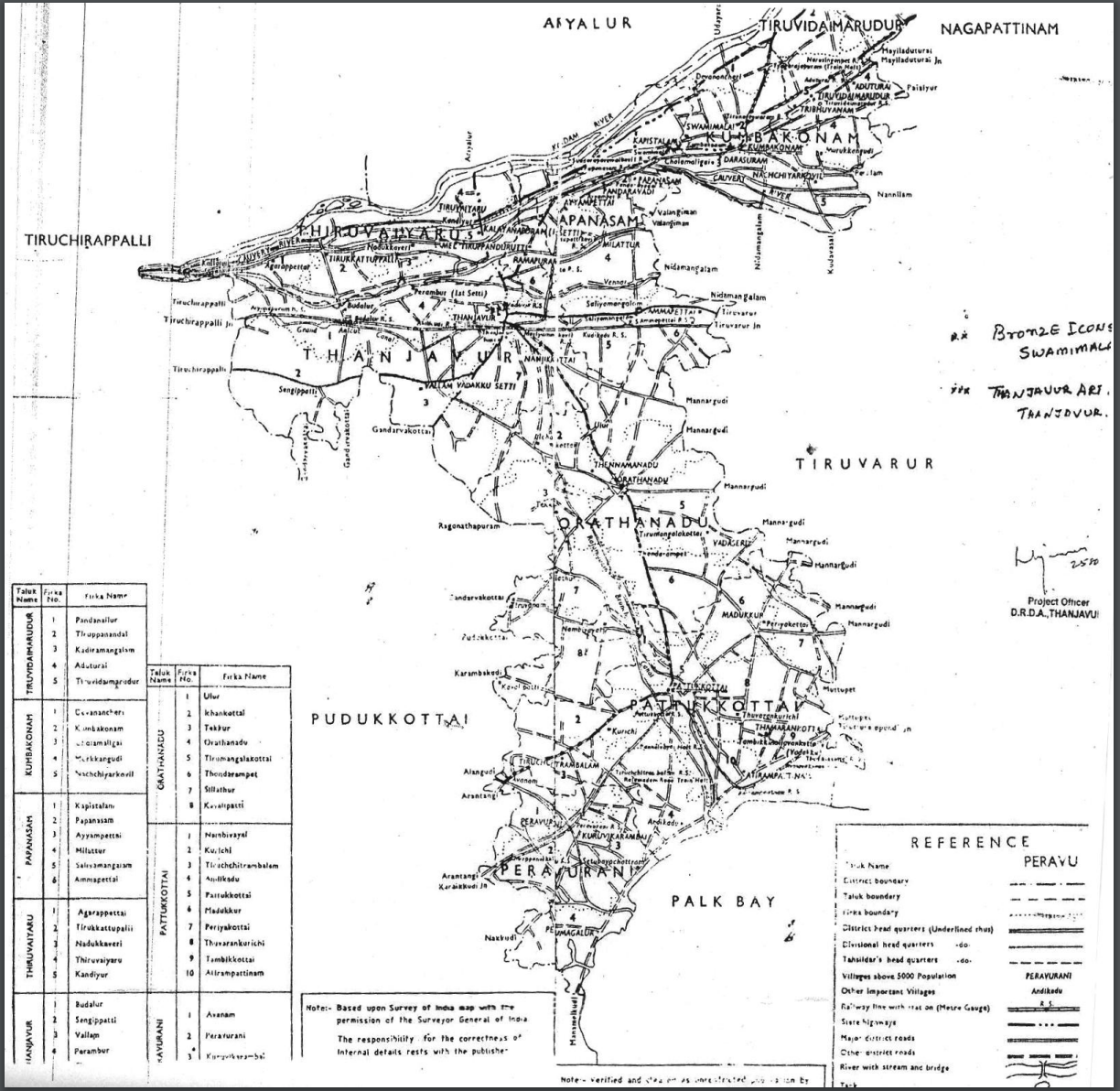
(a) Length of sarees (i) 5.4 metres (6 yards) (ii) 7.2 metres (8 yards) (iii) 8.1 metres (9 yards) (b) Width: 48” Body: 40” Borders: 8” (each side: 4”) and 5”, 7”, 9” (9” Gayatri Saree) (c) Designs (Borders) (i) Borders: Chikki , gomi, Chikki Paras, Naveelu Dadi, Honnur – Traditional ones, (ii) Gayathree and Godidadi – Modern type (d) Body Designs (i) Checks, (ii) Plain and Stripes, (iii) Special checks. (e) Colours: (i) Borders: Red or Maroon or Green or Yellow or Black (ii) Body: Blue, Rose, Green, and Orange or lemon yellow, Black (f) Yarn used
1. Material: - Cotton warp for the body - Art silk warp for the border - Art silk or pure silk warp for the pallav portion (in some cases) 2. Technique: - The saree is woven using a technique called "Tope Teni," which involves joining the body warp with the pallav warp. This technique is exclusive to Ilkal. 3. Warp Preparation: - Separate warp threads are prepared for the body, pallav, and border portions. - The body warp is prepared separately. - The pallav warp is prepared separately using art silk or pure silk, depending on the desired quality. - The border portion of the warp is prepared similarly to the pallav warp, using art silk or pure silk. - The color used for the pallav and border will be the same. 4. Pallav Length: - The length of the pallav typically ranges from 16" to 27". 5. Joining Technique: - The pallav threads and body threads are joined using a loop technique, known as "Tope Teni." Designs: 1. Borders: - The lengthwise borders of Ilkal sarees have three main types of designs: - Gomi (also known as Ilkal dadi) - Paraspet (sub-divided into chikki paras and dodd paras) - Gaadi 2. Main Body Design: - The main body design consists of stripes, rectangles, and squares. 3. Inner Body: - The inner body does not have any special features. Variations: - Ilkal sarees differ in terms of size, nature, and quality of yarn used for different portions of the saree. - They also vary in terms of color combinations and combinations of designs on the borders and main body of the saree. - The beauty of the Tope-teni seragu is sometimes enhanced by weaving another design called "Kyadgi" in its middle portion.
1. The sarees manufactured at Ilkal have a border ranging in width from 2,1/2 to 4 inches, with red color generally predominant. 2. Ilkal sarees are traditionally associated with weaving specific varieties of sarees that are popular in the northern districts of Karnataka. 3. Ilkal sarees were first designed and produced almost exclusively by the weavers at Ilkal. 4. Ilkal, a town in Hungund taluk of Bijapur District, is the place where the craft of Ilkal sarees originated. 5. Ilkal sarees are mainly produced at Ilkal and a few other nearby villages. 6. Ilkal is the center of weaving and dyeing industries in Hungund and had 684 looms in 1883, indicating the long-standing history and expertise in saree production.
Product Specifications of Ilkal Sarees: 1. Yarn Combination: Ilkal sarees are produced using three types of different yarns - Silk x Silk, Silk x Cotton, and Art silk x Cotton. 2. Traditional Designs: Four different traditional designs are produced - Chikki Paras, Gomi, Jari, and Gayathri. 3. Length: Ilkal sarees are available in different lengths - 6.00 yards, 8.00 yards, and 9.00 yards. 4. Borders: The sarees come with solid as well as contrast borders. 5. Pallav: The main distinction of Ilkal sarees is the attached temple type Pallav, locally called TOPE TENI. It is created by interlocking the body warp and pallav warp using a loop system and inserting weft by three shuttles using two different colored yarns. 6. Preparatory Work: A weaver requires two others for preparatory work. The body warp is prepared using the peg warping system and sized with plant resin or gum. The border warp is also prepared using the peg warping system, and the pallav warp is prepared by interlacing the body warp end with the pallav warp end. Extra warp is prepared similar to the border warp. 7. Drawing In: After the preparation of warps, the ends of the pallav warp are drawn into the reed and country heald shafts manually. 8. Weaving: Weaving starts by weaving the pallav portion using three shuttles and the Kondi technique. After weaving the pallav, one part or layer of the body warp is cut to get the standard length of the saree. Normal plain or checks weaving continues till the end of the saree. 9. Place of Work: Weaving of Ilkal sarees is mostly an indoor activity and is carried out as a household enterprise involving active participation of female members.
1. The uniqueness of saree is joining of the body warp with pallav warp with a series of loops locally called as TOPE TENI technique. 2. The weaver will gait only 6 yards, 8 yards, 9 yards warp due to above TOPE TENI technique. KONDI Technique is used for weft through inserting 3 shuttles. 3. Pallau portion-Design: “TOPE TENE SERAGU” Normally in tope teni seragu 3 solid portions would be in red colour, and in between 2 portions in white colour. 4. Tope Teni seragu has been regarded as a state symbol and was greatly respected during festival occasions. 5. Traditional Borders: (i) Chikki, (ii) Gomi, and (iii) Gadidadi, and modern Gaythri are unique ones in Ilkal sarees - width ranging from 2.5” to 4” 6. Border Colour Uniqueness: Red usually or Maroon dominates.